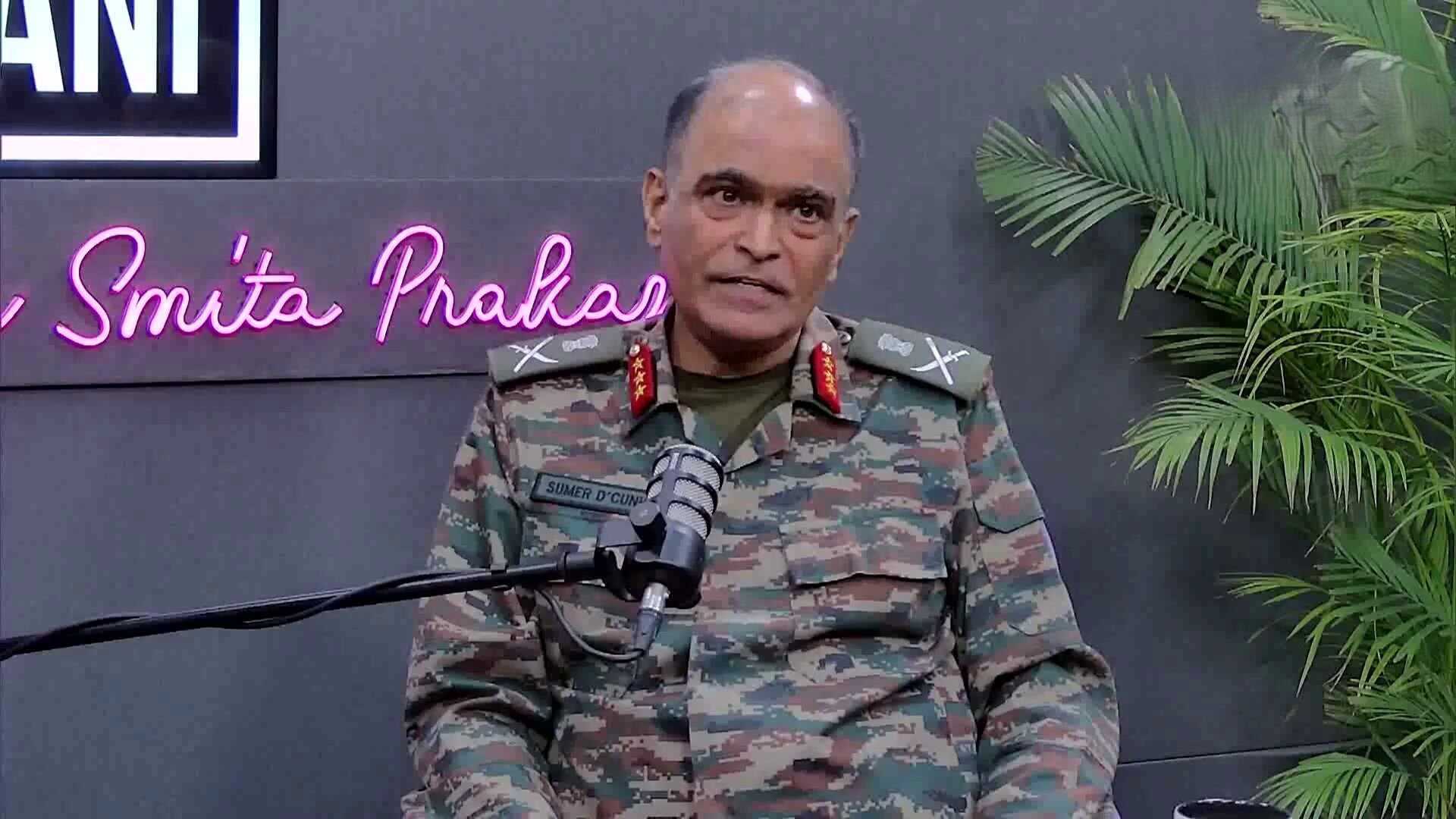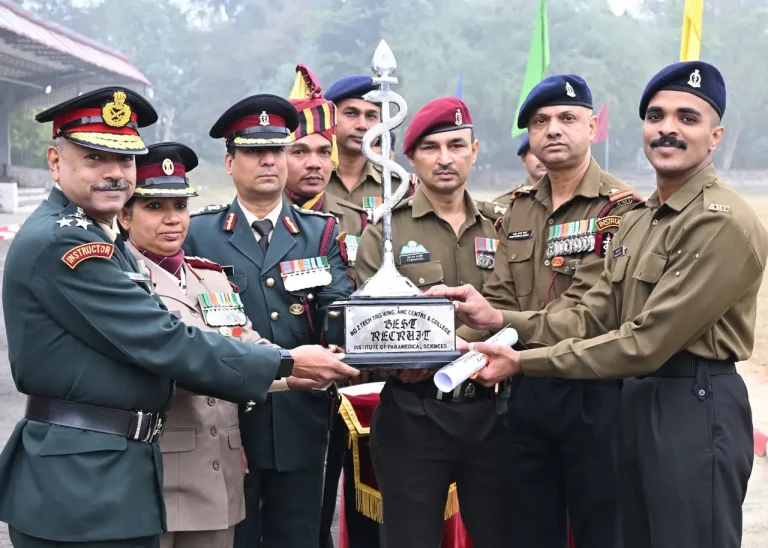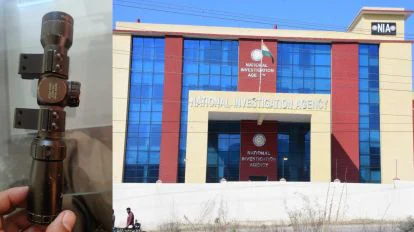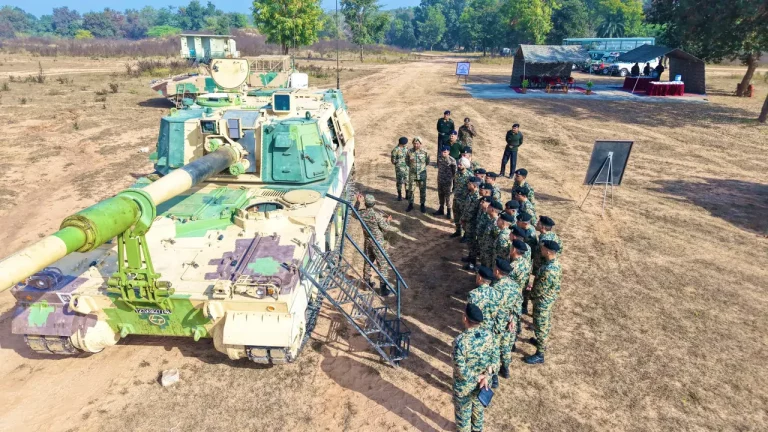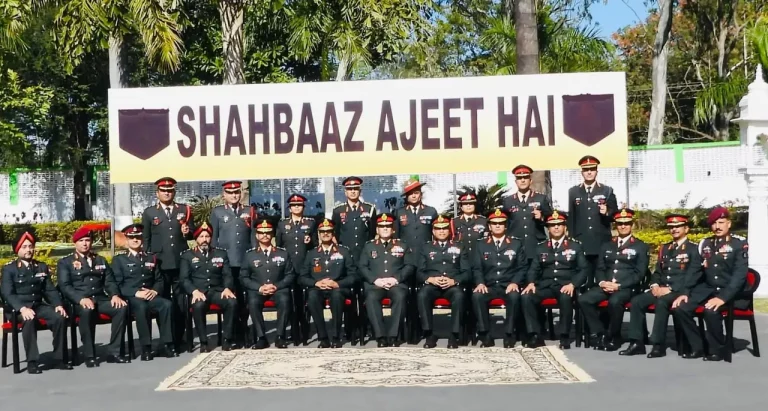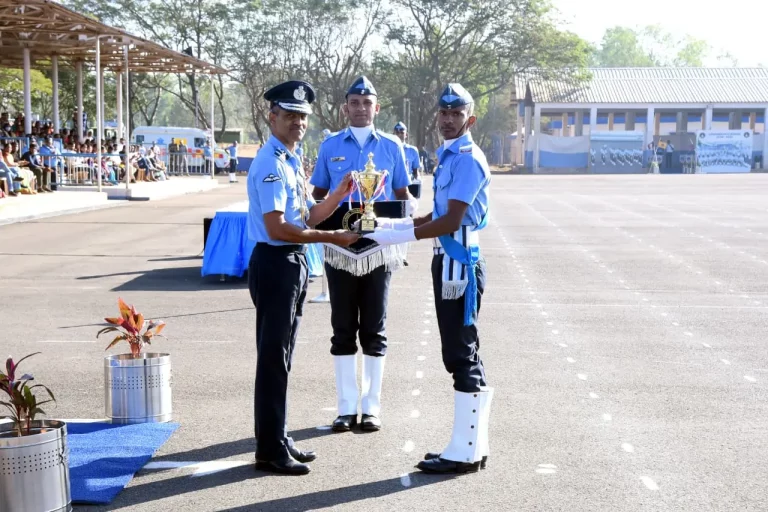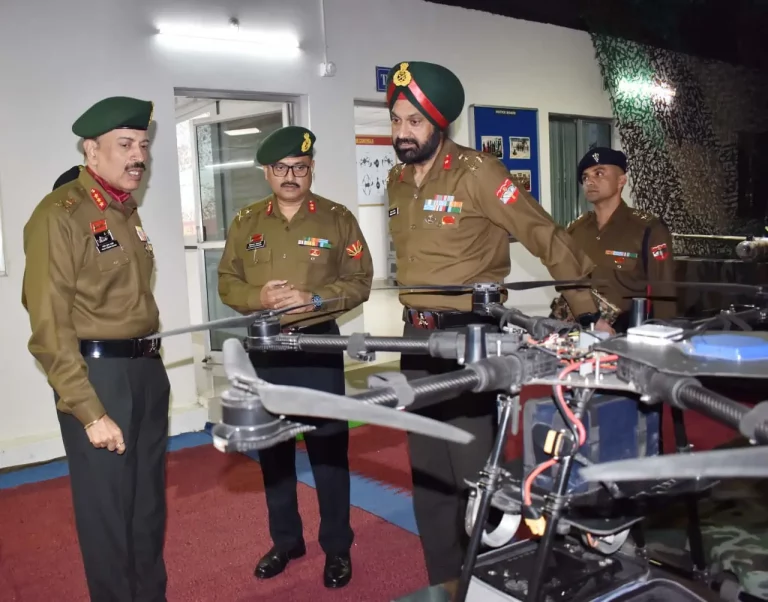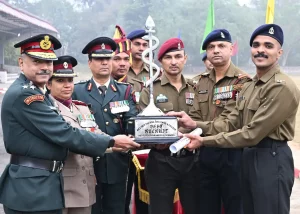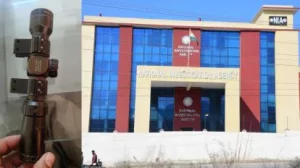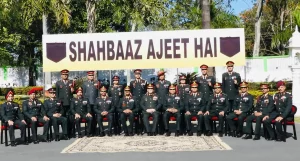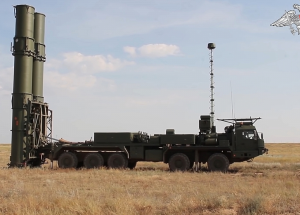The Indian Army is integrating a modern war-gaming strategy known as red teaming, aimed at enhancing its operational readiness by simulating the mindset of potential adversaries. This initiative responds to the evolving threats posed by neighboring countries, notably China and Pakistan.
Lieutenant General Sumer Ivan D’Cunha, Director General of Military Operations (Air Defence), recently confirmed the initiative during an interview. He noted that red teaming has already been employed in recent internal exercises and will soon expand across various commands within the Army. “The United States has long used red teaming, and Israel has applied it to some extent. Under the current and previous Chiefs of Army Staff, we have started to implement this in India,” he stated.
Red teaming acts as a form of devil’s advocacy or alternative analysis, wherein a dedicated internal team role-plays as an enemy force. This team evaluates potential enemy actions, capabilities, and responses, aiming to identify vulnerabilities in military strategies. The approach allows commanders to test their assumptions and rigorously evaluate battle plans under conditions that closely resemble real-life scenarios.
The advantages of red teaming are significant. It helps anticipate the intentions of adversaries, stress-tests operational plans, and mitigates the risk of mirror imaging—the tendency to assume the enemy will behave similarly to one’s own side. This aspect was particularly crucial during the 1999 Kargil War, when Indian forces initially misjudged the enemy’s tactical approach.
Lt Gen D’Cunha elaborated that the Indian Army utilizes red teaming to model the decision-making processes of key figures like General Asim Munir of Pakistan. This understanding aids in predicting adversarial actions under pressure. The red teams also simulate various tactical adjustments and troop deployments, enabling Indian planners to adapt their strategies in response.
Globally, red teaming is a vital component of U.S. military and intelligence operations, especially in conducting war games and forecasting high-level threats. Israel has also employed this technique selectively to anticipate actions from both state and non-state actors in its region, attributing improvements in strategic awareness and response capabilities to its use.
In India, the red teaming process encompasses several key elements: cognitive profiling of enemy leaders, simulation of their tactics and procedures, threat modeling to detect weaknesses in defense strategies, and the testing of Indian response systems under simulated attack scenarios. The overarching goal is to enhance operational flexibility and reduce decision-making time in real-time situations.
With red teaming becoming a formal aspect of the Indian Army’s planning doctrine, analysts believe it could play a pivotal role in the country’s national defense strategy. In an era characterized by rapidly shifting security dynamics, the ability to anticipate and think like adversaries may emerge as one of India’s most strategic advantages.
